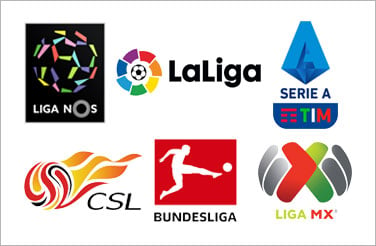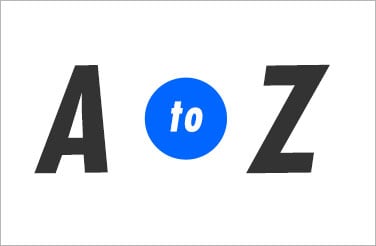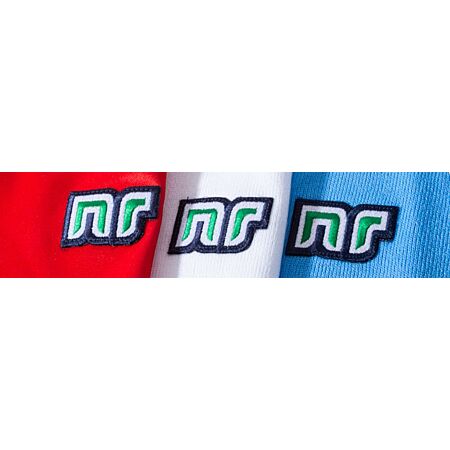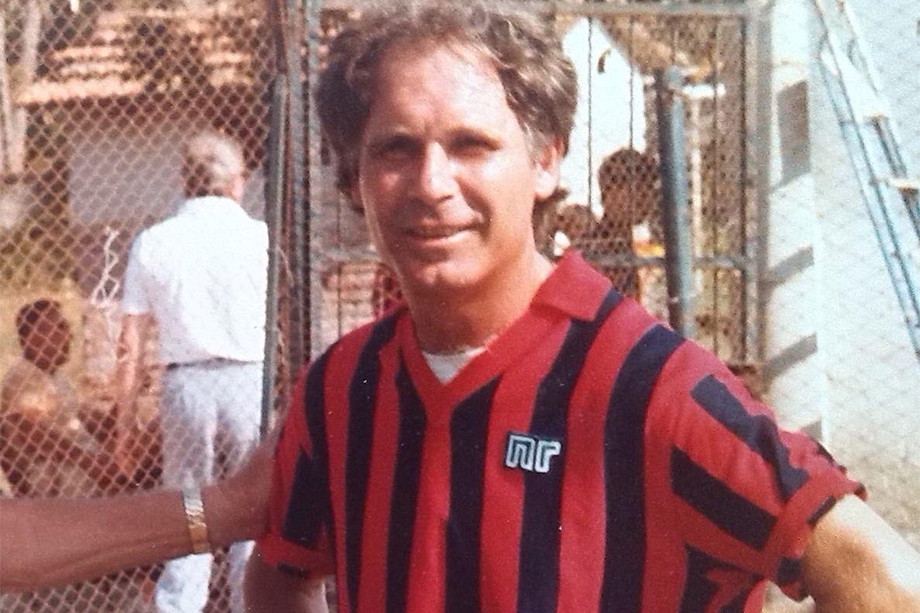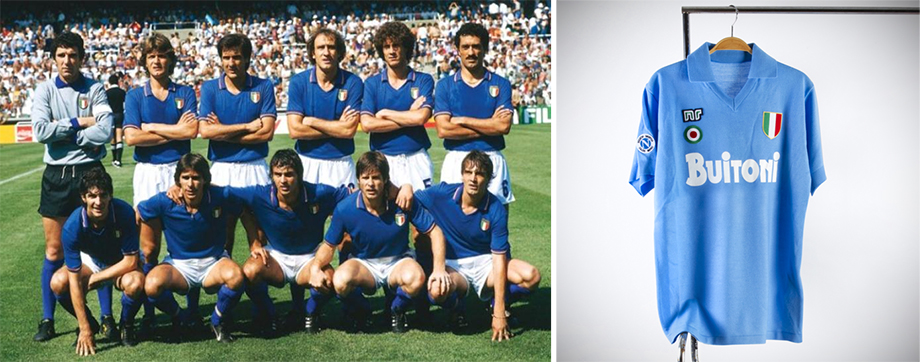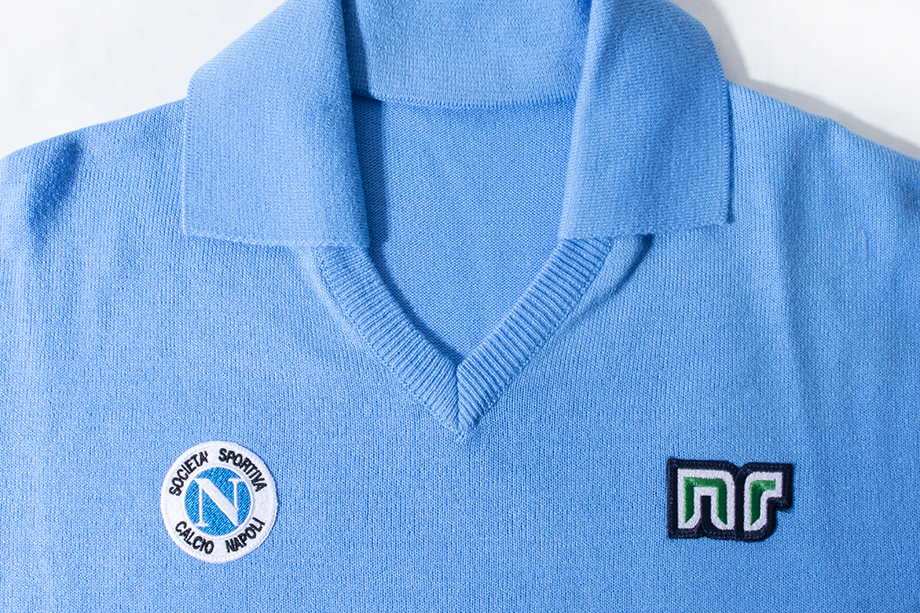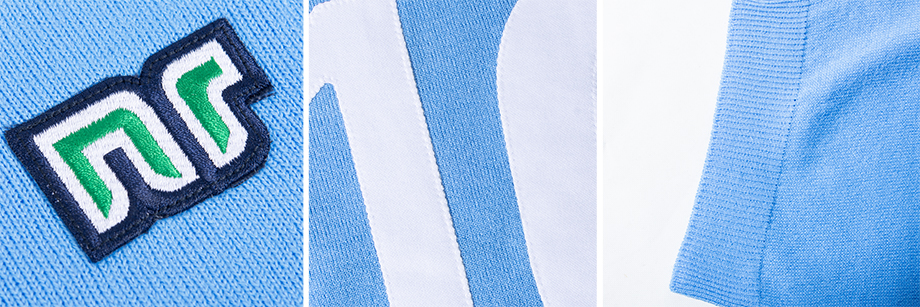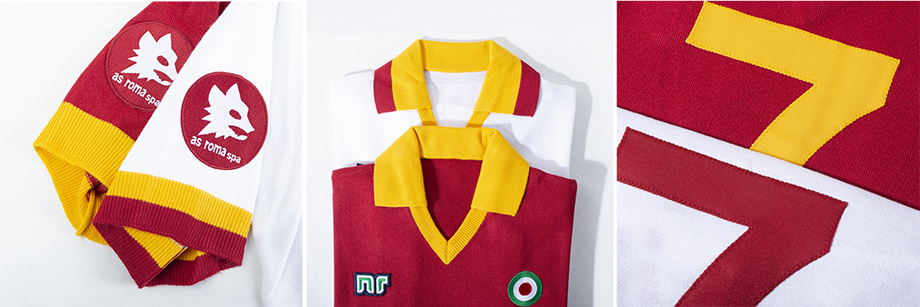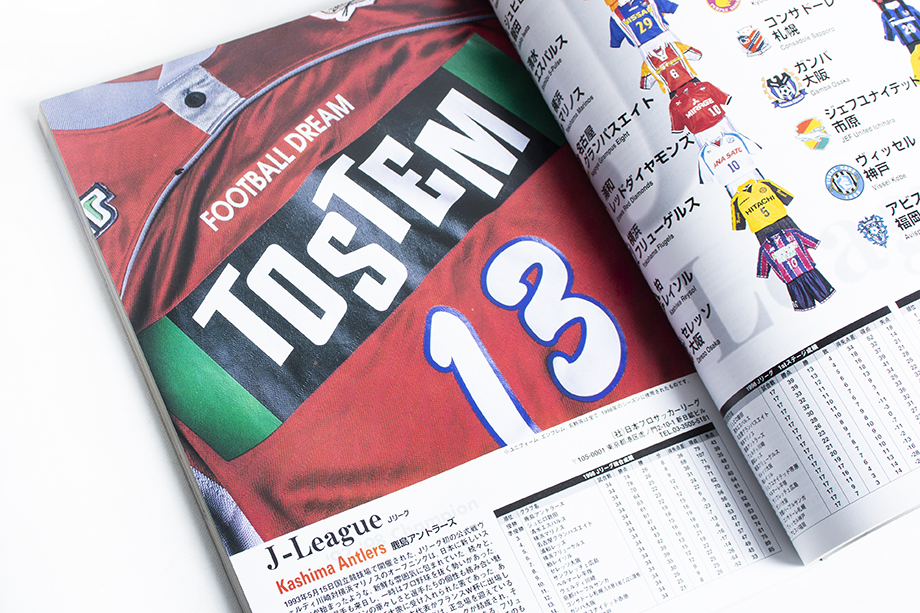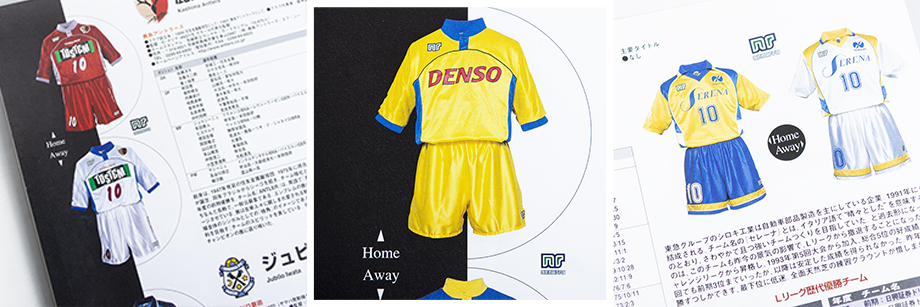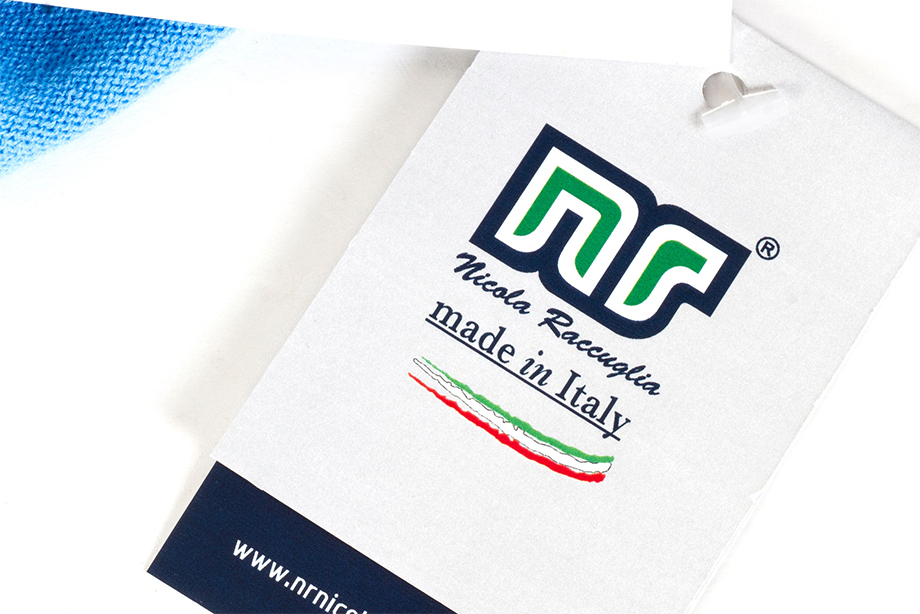Sparked by the Azzurri’s surprise World Cup win in 1982 and fuelled by the money of the successful bid to host the 1990 World Cup in 1983, Serie A exploded during the 80s to become the most competitive and glamorous league world football has ever seen. With the FICG paying for the renovation and expansion of stadiums across the country and increased TV revenues from broadcaster RAI, who began to sell the rights abroad, Serie A found itself awash with money. Clubs from the top to the bottom of the league signed the greatest players from across the world.
Perfectly placed to take advantage of this wave of interest was a small sportswear manufacturer created by the former player - Nicola Raccuglia. After a modest career playing for most notably Vicenzia and Pescara, Raccuglia prophesied that the football shirt could become more than a coloured identifier to which side a player was on. He envisioned the shirt as being the symbol of the club’s identity through which the fans could focus their worship and celebration of their club.
He founded his company NR, or Ennerre - the phonetic pronunciation of his initials, in 1972 and soon picked up the license to produce his last club Pescara’s kit. Soon after, he acquired the license to Lazio before a meteoric rise for the Roman club as well as Raccuglia’s brand. Lazio secured promotion back to Serie A that season, and by 1974 had claimed the Scudetto with an unlikely team including Cardiff and Darlington born Italian Internationals.
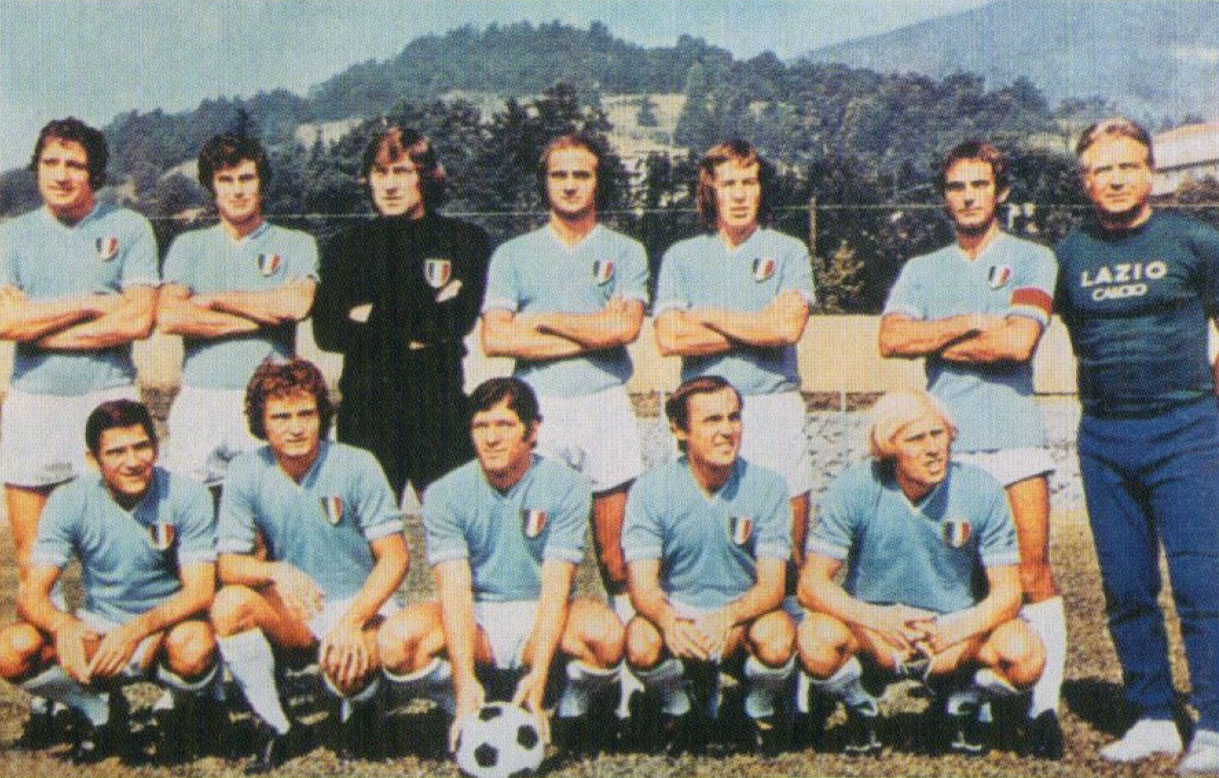

By the mid-80s Ennerre had grown to become one of the biggest kit suppliers in Italy holding the licenses for Raccuglia’s hometown club Palermo, Fiorentina, Sampdoria, nouveau riche AC Milan, Lazio’s cross-city rivals Roma and even the Italian national team. Raccuglia picked up the Italy contract through contacts made in his time supplying Lazio. The aforementioned Cardiff-born striker Giorgio Chinaglia had now become the FICG’s kitman. By this point, the company had recognized the benefits of branding and had begun including their iconic NR logo on the front of their jerseys. The FICG still prohibited manufacturers’ logos on their hallowed Azzurri shirts and so the team wore NR branded belt buckles with their suits whilst traveling to games. Who wouldn’t want one of those now!
However, it is with Napoli that the brand is perhaps most closely associated. Ennerre began producing the I Partenopei kits in 1980 but gave up the license to cycling brand Linea Time in 1984 as the team slid down the table. That summer, though, Napoli shocked the world of football by signing disgraced Argentine wonderkid Diego Maradona for a record fee. Despite a marginal initial impact, Maradona’s 17 goals in his first season only saw the club climb as high as 8th in a 16 team league. Ennerre pounced on the increased publicity surrounding the star and regained the license the following season. Within 3 years Napoli had achieved the impossible, becoming the first southern club to win the Scudetto, followed a few days later by the Coppa Italia. Kitted out in Ennerre’s shirt that gleamed in the Neapolitan sun like the bay of Naples from which it gets its colour, Maradona led the club through their golden period securing 2 Serie A titles, a Coppa Italia and the UEFA Cup by 1991.
Sadly, though, Raccuglia had left the brand by this point. Striving to maintain their "Made In Italy" promise but feeling the pressure of the introduction of highly technical materials produced by the larger sportswear companies who were able to take advantage of cheaper manufacturing costs in Asia, in 1982 Ennerre merged with boots manufacturer Pantofola d'Oro. The Lazzarini brothers who owned the brand had become close friends with Raccuglia when they supplied his boots as a player. With the injection of cash, NR attempted to produce performance fabrics from Polyester that would mimic the brand’s iconic woolen texture but would be lighter and would offer greater breathability. Initially, the new company Ennerre New Line proved hugely successful with a 20 billion lire a year turnover and 700 sales outlets across the world. However, Raccuglia left the company by mutual agreement to start a new company Ennedue (N2) by 1985.
In his time in charge Nicola Raccuglia had personally managed every single license the company had. Ensuring all of the club representatives and players were happily provided with what they required. During this time, manufacturers would not pay for the licenses as they do today, but it was the clubs that purchased the kits from the suppliers. It was through his attention to detail and customer service that Raccuglia had built his empire, and without him, the company quickly began to fail. Ennerre New Line’s unsuccessful attempts at producing modern performance materials and the lack of personal service quickly led to them becoming bankrupt by 1991, tellingly losing their last two licenses to large multinational sports brands, Napoli to Umbro and Roma to Adidas. A consortium of entrepreneurs called Piceni bought the rights to the brand and split them back into the two separate companies. Whilst they carefully resurrected Pantofola d'Oro in Italy they licensed Ennerre to a Japanese textile firm to produce kits in the fledgling J-League, most notably Kashima Antlers. It was through this company that the 90s Paraguay and Uruguay shirts were produced. Meanwhile Nicola Raccuglia began producing shirts for Ivory Coast and a number of African FAs through his new company N2.
In 2017, following decades of struggle, Raccuglia and his son regained the rights to his company. Initially returning with retro-inspired streetwear, they were able to rekindle Ennerre’s relationships with the clubs they used to supply. NR began to produce an exquisite range of authentic reproductions of classic kits from their 1980s prime. Cut from the same acrylic Lanetta material his original jerseys were made, and with stitched crests and patches, with true-to-the-original painted sponsors the shirts are beyond anything anyone else being produced in the world today. The squad numbers are even cut from the same stencils as used by Nicola back in the 80s. The jerseys have been a huge success with collectors who wish to worship their clubs just as Nicola Raccuglia predicted nearly 40 years previously when he founded the company. What he may not have predicted back then, though, is the number of people buying the shirts in celebration of his vision and craftsmanship, making him one of the most revered grandmasters of football apparel in the history of the beautiful game.
Shop our Ennerre collection here

